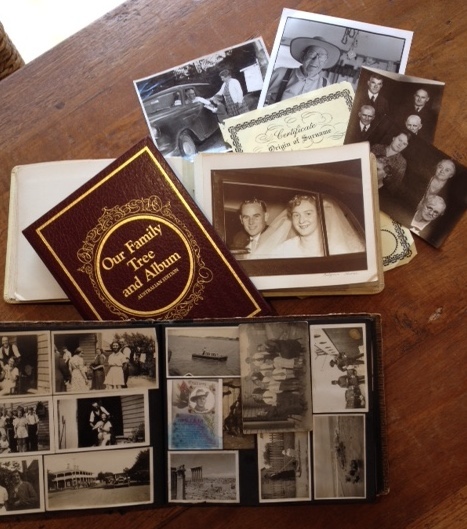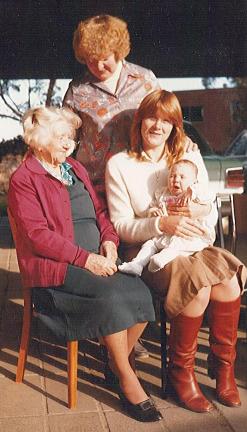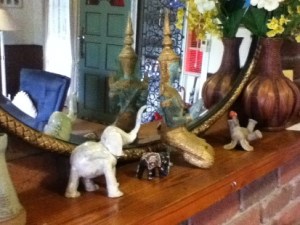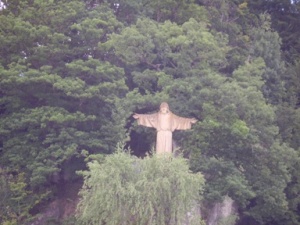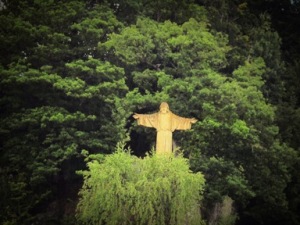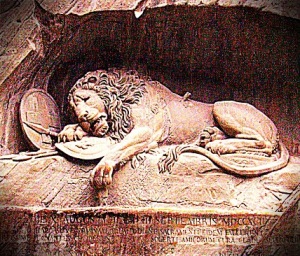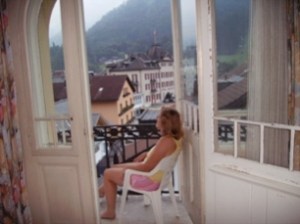‘History’ at High School bored me. Learning about old kings on the other side of the world felt so removed from my young life that I quickly grew to loathe history classes. The teacher did not help to bring life or relevance to the content….yawn!
But as an adult my interest in history has developed from reading books like: Into the blue: boldly going where Captain Cook has gone before by Tony Horwitz (also known as Blue Latitudes); Beethoven’s hair; an extraordinary historical odyssey and a scientific mystery solved by Russell Martin; and other books where historical stories and facts are given further relevance and detail through a contemporary lens.
Delving into my own family history over many years has drawn me in and I am now intrigued by the many lives that were lived before – people who are now dead and buried. A grim description; but yesterday I discovered a podcast titled Dead and Buried that “showcases underground history and true crime from the streets of Melbourne.” It is part of the Melbourne Ear Buds Network.
“Dead & Buried is a podcast about Melbourne history for people who don’t yet realise they like Melbourne history.”
This podcast series is well presented and edited by Lee Hooper, Phoebe Wilkens, Carly Godden, and Robin Waters. The additional comments by others provide credibility, depth and interest to the stories. I am really enjoying listening to these vignettes of days gone by and hope they release series two soon.
My own family history has grown in recent months with the help of the My Heritage software and the Ancestry Library Edition database. The My Heritage app is easy to use and free to a point. Putting in your own family tree is very easy and then ‘matches’ are found to link with others who have provided research in linking trees. Some of this requires payment, but the wealth of information that can be seen is amazing and has enriched my own research and legacy scrapbook.
Photos in particular can be seen and while it is important to make sure the photo is correctly assigned to the right person, these images are real treasure. Unfortunately I did find two photos of my paternal grandparents incorrectly assigned to others in the previous generation who happened to have the same first names. I tried to contact the person who placed the images into Ancestry but it went to a broken link. Most probably the person does not use the account anymore. It is a shame to see this kind of error published as fact, especially when I know it is incorrect. Once checked and validated though these sepia images are gorgeous and give beautiful illustration to my family history.

From left: Standing; Euphemia, Margaret, Alexander, Jeanie, Helen, Catherine. Seated; Lily, Jeanie (Granny), Daisy (possibly taken at Penshurst Victoria)
Some years ago I had been shown an enlarged photo of a family wedding in Penshurst Victoria. It is a beautiful scene, with the stern matriarch sitting centre surrounded by family, with the women wearing gorgeous ‘Picnic At Hanging Rock’ style dresses. I had always wanted a copy of this image but it eluded me, until recently. I found a labelled version amongst some old files of my parents. So I had it all this time without realising. The stern matriarch Jeanie Fleming Black sitting in the centre is my great great grandmother if my family research is correct. Jeanie is my great grandmother I believe. I will need to refer back to my tree to confirm the details and find a date.



